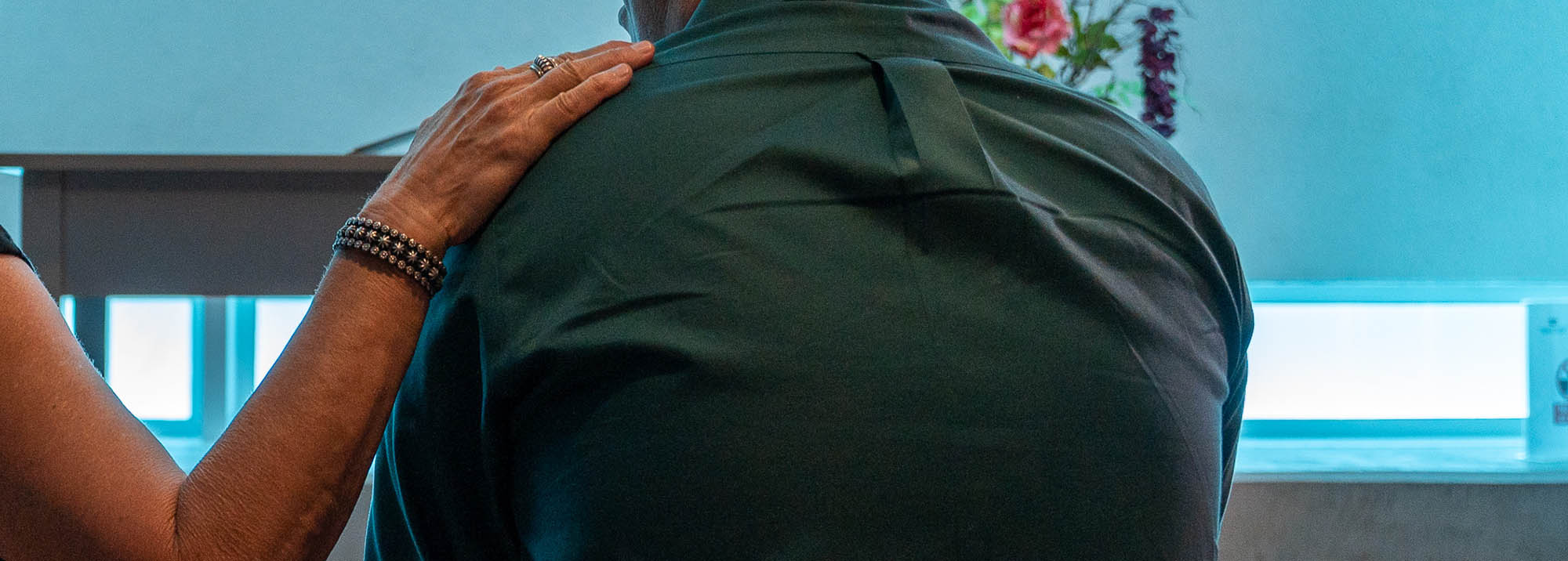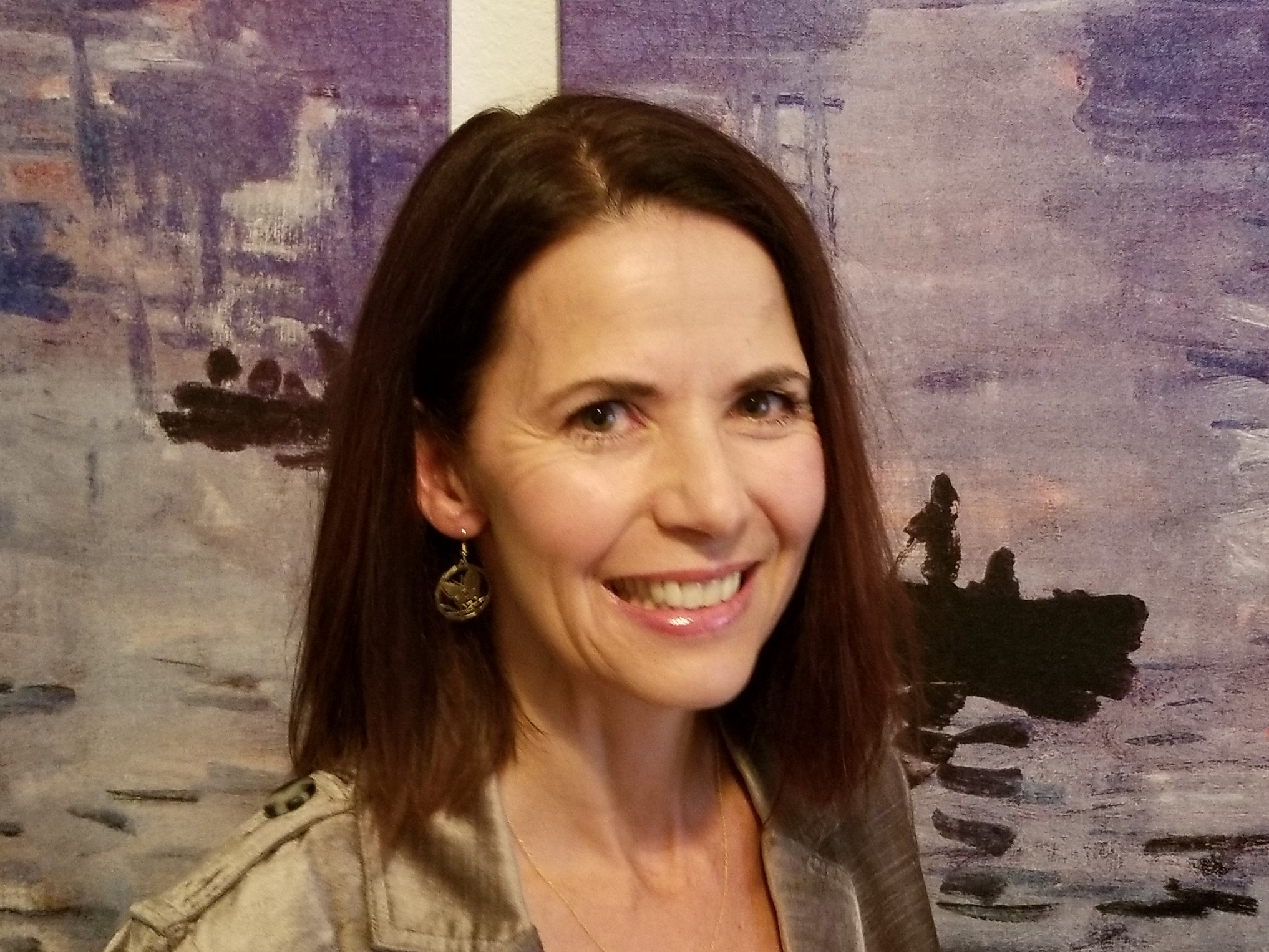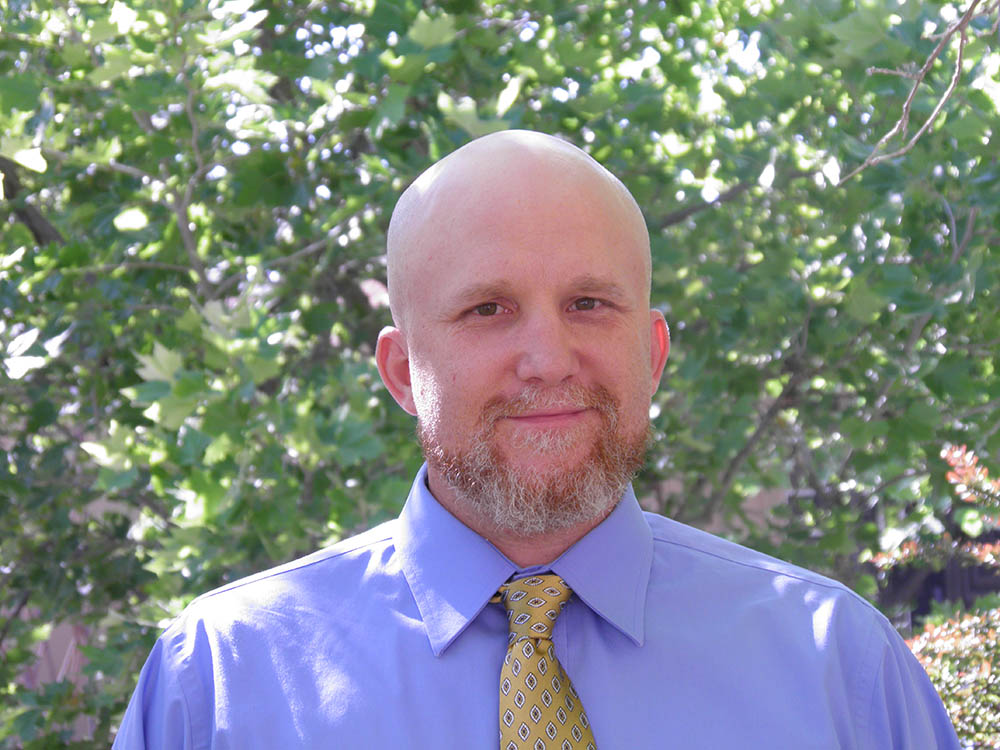The University of New Mexico Department of Psychiatry & Behavioral Sciences is mounting a multi-pronged effort to increase access and deliver effective behavioral health in Sandoval County.
“Sandoval has been among the fastest-growing counties in the state for years,” says Christopher Morris, PhD, an associate professor and clinical director for behavioral health at UNM Sandoval Regional Medical Center (SRMC). “There are so many opportunities here. However, while the county is relatively resource rich, the growth has outpaced some of those resources."
Morris has been active in several initiatives located at SRMC and also works more broadly on community efforts, such as the UNM Behavioral Health Clinic at Rio Rancho and the Sandoval Behavioral Health Coalition. In addition, he is working with multiple governmental entities to bring mobile crisis services to the county.

Sandoval has been among the fastest-growing counties in the state for years. There are so many opportunities here. However, while the county is relatively resource rich, the growth has outpaced some of those resources
Poonè Haghani Tehrani, MD, an assistant professor and medical director for SRMC Primary Care Behavioral Health Integration, has played a key role in building psychiatric and behavioral health services at the hospital since 2015. “One of the reasons I was so attracted to the work here is that it fulfills a personal value to serve underserved populations,” she says.
Tehrani’s focus on psychiatric and behavioral health service growth has centered on creating systems that are both efficient and effective. For example, she has worked directly with the primary care clinic and the hospitalist team at SRMC to assess and address their needs.
Based on input from the clinic and community, Tehrani developed two service lines from scratch: Consult liaison and primary care integration. Her efforts also helped the primary care clinic become a patient-centered medical home, which in turn expanded access for patients throughout the county.
Tehrani also has strong relationships throughout the hospital and frequently serves as a consultant to other physicians there.
Professor Annette Crisanti, PhD, oversees a one-year, congressionally funded grant based at SRMC that trains and funds peer support workers and a clinical supervisor to provide in-person substance use disorder screening in the hospital’s emergency department and three inpatient units.
“We wanted to focus on peers to increase access to evidence-based treatment through telehealth because they are so effective at engaging people into services,” says Crisanti, the grant’s principal investigator.
The peers deliver trauma-informed and trauma-specific treatment and set the stage for continued services via telehealth once individuals leave the hospital. The grant also supports addiction specialists to deliver medication addiction treatment.
“Teleheath is incredibly important in counties like Sandoval where people might not have transportation or have to drive long distances to receive care,” Crisanti says. “At this point, we are the only purely telehealth clinic at UNM.”
The grant now can provide smart phones to participants who otherwise might not be able to participate in telehealth services or access important resources such as the new 988 crisis line, she says
It’s challenging to innovate if you don’t have funding to do it. Brian Isakson, PhD, recently began working with SRMC to support initiatives for behavioral health program development and growth.
“I’ll basically work as a consultant to SRMC leadership,” says Isakson, an associate professor who serves as the Department’s clinical director for Behavioral Health Integration and Expansion. “My work focuses on exploring federal, state, county and city funding opportunities that would be a good match within SRMC’s behavioral health priority areas and capacity.”
Isakson is also the clinical director in the Division of Community Behavioral Health and has extensive experience finding and writing grants and other funding sources to expand access to and develop behavioral health services. “This work is similar to what I’ve done with UNM Health Sciences in writing grant proposals and helping with implementation if those grants are funded,” he says.
Chris Morris is especially pleased to be part of these efforts since he lives in Sandoval County and knows it well.
“We have it all here: vibrant growth, people relocating from other states, 12 tribal communities, small old Spanish villages and a large senior population,” he says. “The great thing is that there is still a small-town feel. People here talk and work together to get things done.”
Morris turns to a gardening analogy to describe the progress that has been made so far.
“We’ve been planting seeds, tilling the fertile soil, and seeing real results for several years,” he says. “Now, we’re bringing in even more master gardeners and projects to ensure the growth continues to expand in healthy and effective ways for the years to come.”



